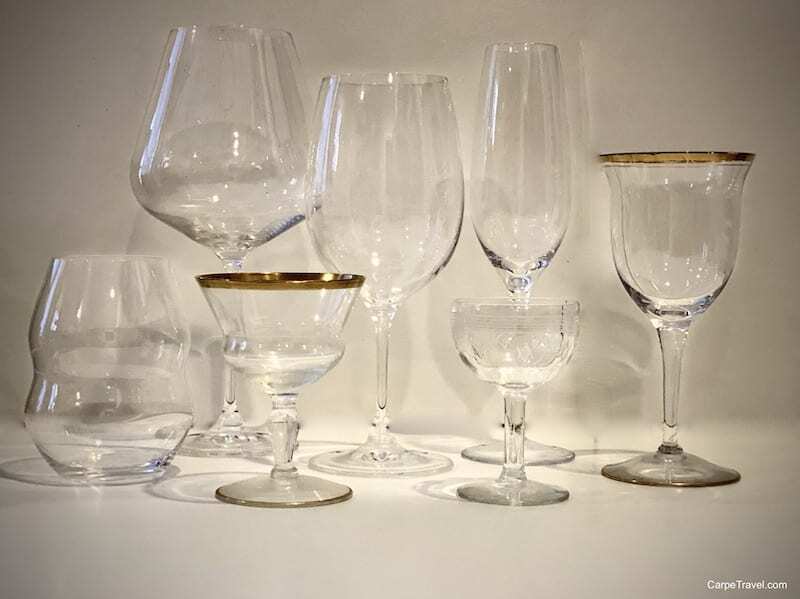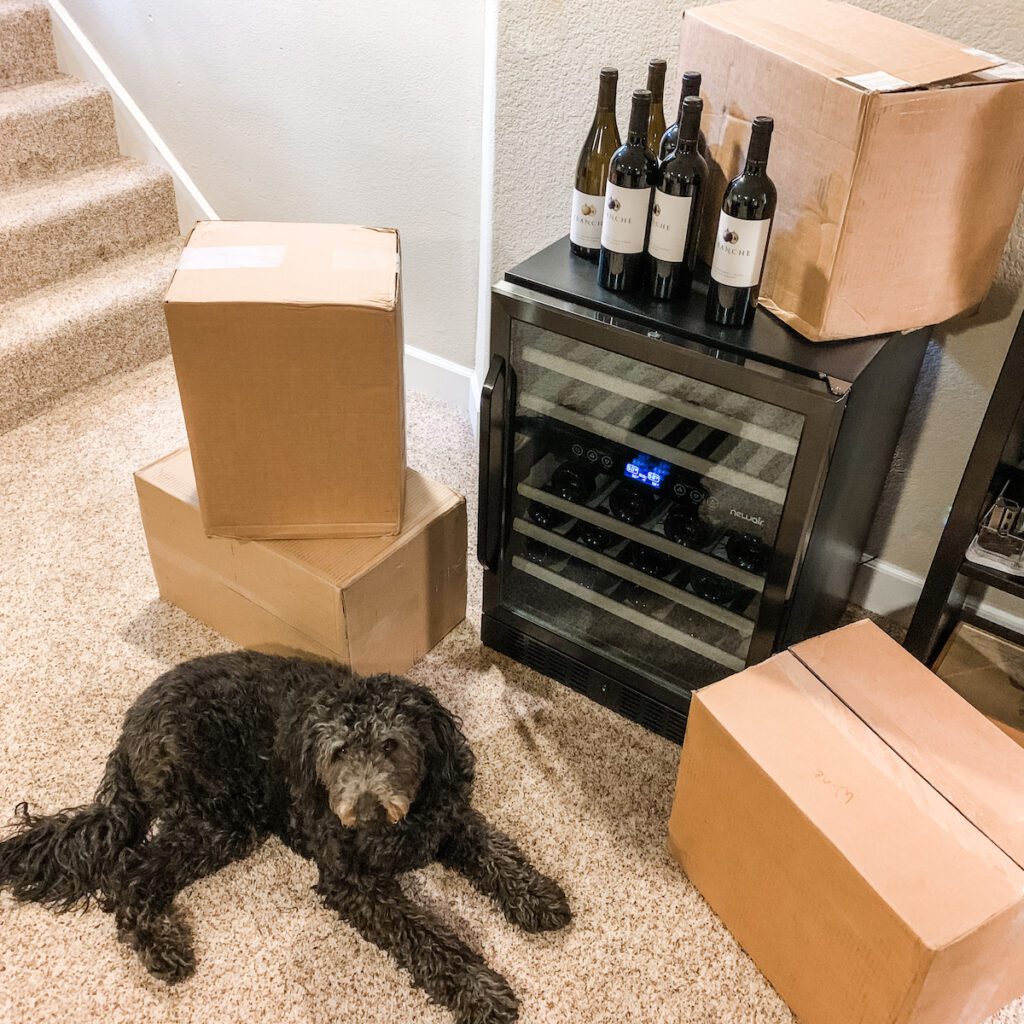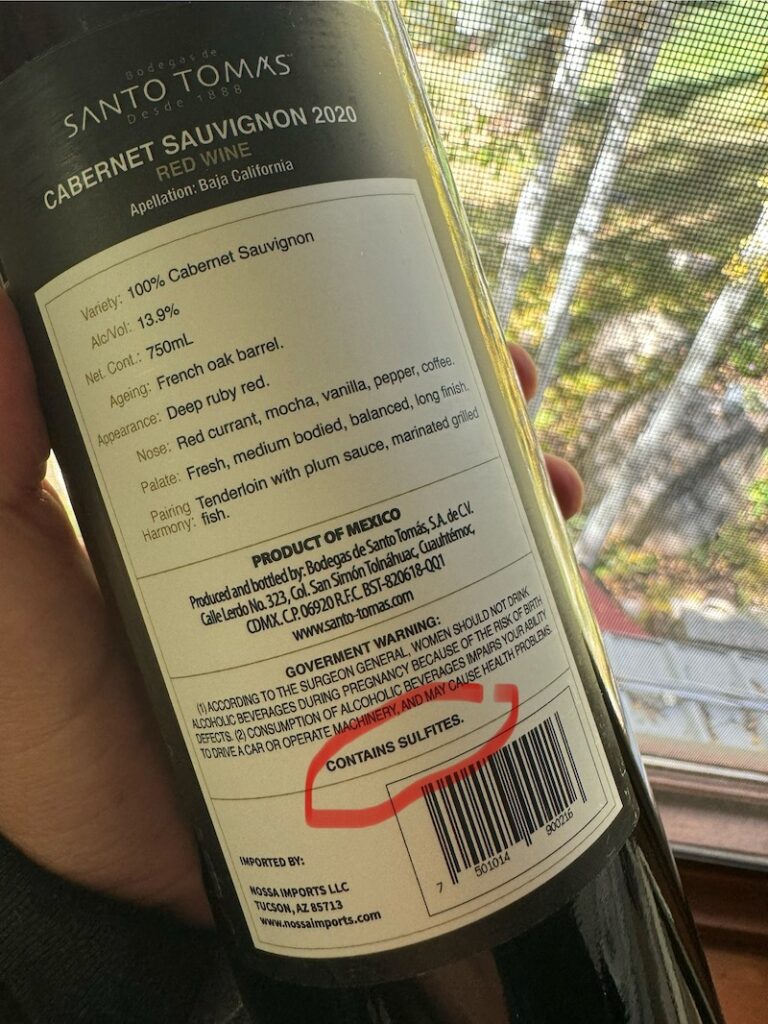Picture this: you’re relaxing with a glass of wine, and suddenly your brain starts spinning with questions. Should I have decanted this? How long will it last if I don’t finish the bottle tonight? And what’s the deal with those streaks running down my glass – are those the famous “wine legs” everyone talks about?
If you’ve ever found yourself curious about the mysteries swirling around in your wine glass, you’re in good company. Wine has a way of sparking questions, from the practical (how do I store this properly?) to the puzzling (why does this wine give me a headache?).
I’ve gathered the most common wine questions that pop up during those contemplative sipping moments – the ones that make you pause mid-sip and wonder if you’re doing this whole wine thing right. Consider this your no-judgment guide to understanding one of life’s most enjoyable beverages.
Answers to Common Wine Questions
These are the questions that pop up again and again whenever wines are served or even discussed.
1. How many glasses of wine are in a bottle?
It depends on who’s pouring. In general, there’s an average of five glasses of wine per 25oz bottle (750ml), assuming the pour is 5 oz. At my house, a bottle tends to yield four glasses, each with a 6 oz pour.
If you’re planning a party, two bottles for every five people will allow each guest to enjoy two glasses of wine over the course of the party. Of course, an extra bottle or two will never go amiss!
2. How many calories are in a glass of red wine?
Depending upon how sweet it is, an average serving of wine (~175ml) has about 150 calories. That doesn’t sound like much, but it can really start to add up over the course of an evening! Dry red wines contain the least amount of sugar but the most calories since alcohol has 3 more calories per gram than sugar does.
3. Which type of wine has the most alcohol?
Dry red wines generally have the highest alcohol content, at 13% or more. Most white wines are somewhere in the middle, while sweet dessert wines have the least amount of alcohol (usually under 10.5% by volume). That’s because sugar turns to alcohol during the fermentation process. The drier the wine, the more sugar that’s been converted to alcohol.
4. What's a good all-around wine glass shape?
Choose a large glass with a generous bowl and a long stem that curves slightly inward at the base of the bowl. A good wine glass should be made from thin, clear glass so you can enjoy the swirl. Learn more about the different shapes of wine glasses.

5. How long will a bottle of wine last?
In general, an opened bottle of white wine should last through a couple of evenings of sipping. I keep mine in the refrigerator to keep it fresh. Red wines will change character much faster. That red you’re sipping tonight won’t taste the same as it did last night due to the oxygen exposure of opening the bottle. If you store your open red wine in a cool, dark area you should be able to get away with two days for a lighter red wine such as a Pinot Noir. Wines with higher tannins, like Cabernet Sauvignon and Merlot should last around four days. Dessert wines such as Port, last much longer — stretching them out for a month or two if you store them in a cool, dark area.
TIP: If you want to have one glass but not open a bottle, invest in a Coravin. This allows you to pour a glass of wine without opening the bottle.
6. How do I re-cork (or reseal) a wine bottle?
If the bottle is almost full, simply replace the cork (right side up!) or screw cap and store the wine in the ‘fridge. Unfortunately, the more air space in the bottle, the faster the wine will oxidize. Another option is to purchase a wine pump, which lets you pump air out of the bottle before sealing it. These get mixed reviews on their effectiveness, so you may want to try a couple of different types to see which works best for you.
7. Do I need to decant my wine?
Well, that depends… If there’s a lot of sediment in the bottle, definitely! Otherwise, pour yourself a glass, give it a good swirl, then taste it and see. If you can taste the fruitiness, don’t decant or you could lose some of that delicate fruitiness to the air.
8. At what temperature should I store my red wine?
Store red wines at cool room temperatures. Think cool cellar rather than hot attic. When the advice to ‘store reds at room temperature’ was first given, homes were much different. Those homes’ average 50-60° room temps weren’t anything like today’s centrally-heated rooms! For long time storage, all wines – both red and white – should be stored between 50-59 degrees F. If red wines are stored too cold, they will taste harsh and thin. White wines can be stored a little cooler, if you’re planning to serve them soon.

9.Why is wine stored on its side?
It doesn’t need to be if you’ll drink it within a week or two. However, long-term wine storage requires keeping the cork moist. Not only are dried-out corks difficult to remove, but they allow the wine to develop an unpleasant mustiness. Not a flavor you’re looking for in wine! If your wine is in a screwcap bottle, it can be stored upright.
10.What are tannins?
Have you ever eaten a grape with seeds inside? That bitterness and bone dry sensation in your mouth afterward were thanks to the tannins in those grape seeds. Tannins are found in grape seeds, skins, and stems, along with milder tannins found in oak aging barrels. White wines aren’t generally as high in tannins as red wines since the tannin-rich grape skins aren’t allowed to soak in the juice.
11. What are sulfites?
I have talked about sulfites in a past article so the short answer is probably not. If you can eat dried apricots without any problems, sulfites in wine an issue for you – a handful of dried apricots contain more sulfites than a bottle of red wine.
All grapes naturally contain sulfur, and when they’re turned into wine, sulfites form as a natural part of the fermentation process. Most winemakers add more sulfites to their wine to stabilize it and protect it during shipping and aging. Think of sulfites as wine’s bodyguard against oxidation. Without them, that beautiful bottle you’ve been saving would likely be vinegar by the time you’re ready to drink it. Most winemakers are pretty judicious about sulfite use though. They know that too much can mess with the wine’s aroma and flavor, so they use just enough to do the job. It’s all about finding that sweet spot between preservation and taste.
The bottom line: unless you have a documented sulfite sensitivity (which is pretty rare), you can sip that wine without worry.
12. Wines with the most sulfites?
– Lower acid wines need more sulfites to keep them shelf-stable.
– White wines need more sulfites than reds.
– Sweet wines need more sulfites than dry wines in order to prevent that extra sugar from triggering a secondary fermentation.

13. What is an organic wine and what makes it special?
Organic wines are made from organic grapes. That means the grapes were grown without the use of chemical fertilizers, herbicides, fungicides, pesticides, or any other synthetic chemicals. No chemicals of any kind are allowed to touch either the soil or the grapes in order to get a coveted organic certification. Organic wines are usually free of added sulfites and other stabilizers, too. (Learn more about organic and biodymanic wines.)
14. What are 'wine legs'?
The quick answer, sugar and alcohol. “Wine Legs” are the liquid residue tracks left behind on the side of your wine glass after you swirl the wine. Wines with higher levels of sugar and alcohol have more pronounced, slower-moving legs. Thinner ‘legs’ run down more quickly and indicate a lower alcohol content and less sugar.
15. What's the difference between 'New World' and 'Old World' wines?
It’s partly geographical, with New World wines hailing from North and South America, New Zealand, and Australia while Old World trace their lineage to Western Europe. However, the terms are used stylistically, too.
Old World wines are considered more restrained with less alcohol, more acid, and earthier tones. New World wines are brasher, with more alcohol and fruit.
16. What does “Vintage” mean?
In short, it’s the year the grapes were harvested. But, the terms carries a lot more weight than that since it also encompasses the weather, the growing season – the weather, what was happening in the wine region. Knowing this can help you determine if it’s a godo year or a bad year. Think of 2020 and all the wildfires in Napa Valley, a lot of wineries lost that years vintage as a result. Other regions such as Willamette Valley, which was also impacted turned to making more rosé and White Pinot Noir.
17. Why do some wines give people a headache and others don’t?
People blame sulfites for giving them headaches. Science hasn’t proved this yet, and given that sulfites naturally occur in so many other things—dried fruit, orange juice, pickles—it’s not the sulfites. It could be that you just drank too much wine. If you can sip white wine without any issues but get a headache within a few sips of red wine, it’s not the sulfites. White wine has more sulfites than red wine. It’s likely the histamines in your red wine. Try taking a Zyrtec or other non-drowsy allergy pill to see if that changes the game.
I have also experimented with people who complain about red wine headaches – my mother-in-law specifically – and found that sipping French wines and other light-bodied reds from Europe do not cause headaches. I don’t know exactly why but my educated guess is it has to do with their farming practices and restrictions on chemical pesticides.
Where can I learn more about wine?
Did our Wine Q&A spark an interest to learn more? Begin by reading about wine history and culture — while sipping a relevant wine, of course! Follow an expert wine blogger, tour wineries, attend tastings (lots of tastings!), and take as many wine classes as you can. Know what flavors to expect before you taste a particular wine so you can start training your palette to detect subtle notes.
Listen, ask wine questions, and take notes whenever you can. Sign up for Carpe Travel’s email list to learn more about winemaking and wine history. Follow along with me as we tour famous winemaking regions and learn the secrets behind the vintages.
Subscribe to Sip in More of the World
Elaine Schoch is an award-winning travel writer, wine judge, American Wine Specialist and certified by the Wine & Spirit Education Trust (WSET II). At Carpe Travel she shares wine travel destination guides for ALL WINE LOVERS – from novices to experienced pros – to help them plan their wine adventures, arming them with insider tips, must-visit spots, and things to see and do beyond the vines.

